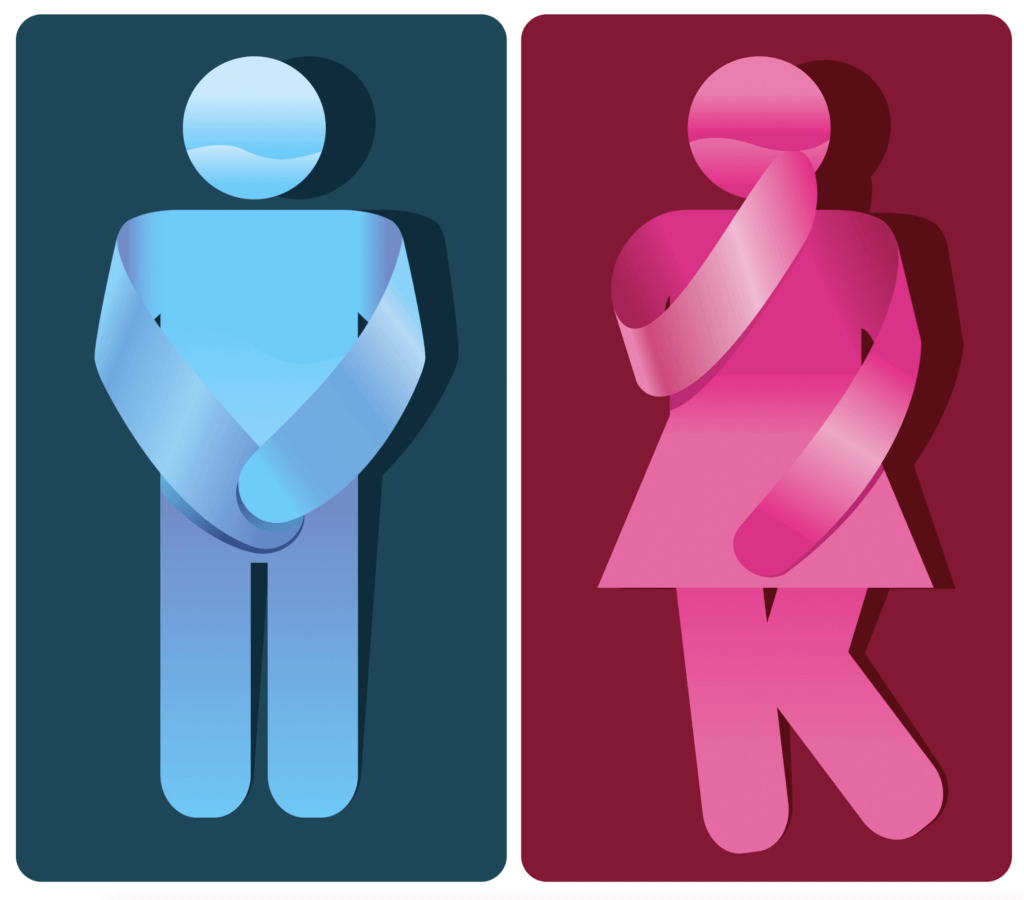Urinary incontinence is annoying and embarrassing, and it often keeps people from doing the things they love. Learning more about the causes and different types of urinary incontinence, as well as speaking to a professional such as Dr. Persky, can often help people make an informed decision about different treatment options.
What Causes Urinary Incontinence?
Urinary incontinence can be caused by several different things, mostly related to changes within the body. As people age, for example, the muscles of the pelvic floor may begin to weaken. This is perhaps the most common cause of incontinence and can be treated with methods such as BTL Emsella.
Having children or going through menopause can also cause changes in the pelvic floor, which can lead to weakened muscles and, eventually, incontinence. Childbirth can also cause nerve damage, which can lead to incorrect signals being sent to the bladder muscles.
In addition, surgeries, excess weight, and chronic constipation can also cause damage to the pelvic floor muscles. Anything that damages these muscles can lead to incontinence.
What are the Symptoms?
One of the most common symptoms of urinary incontinence is using the bathroom more often than is considered usual. This usually means going to the bathroom eight or more times each day or getting up several times during the night. Some people may even wet the bed due to weakness in the pelvic floor muscles.
Other people with urinary incontinence might experience spasms or a feeling of pressure that makes them feel that they need to urinate immediately. Even exercising, laughing, or sneezing too hard can sometimes cause patients to experience leaks.
Are There Different Types of Incontinence?
There are actually several different types of incontinence. Urge incontinence, for example, is the sudden, almost overwhelming need to urinate. Reflex incontinence, on the other hand, is when the body spasms, causing the bladder to contract, which can cause sudden leaks or emptying of the bladder.
Stress incontinence is another common type. If you’ve ever laughed until you peed or have experienced leaks during strenuous activities, you’ve experienced stress incontinence. This type of incontinence can also occur in conjunction with urge incontinence. When the two happen together, it’s known as mixed incontinence.
Other patients may experience overflow incontinence. This is when the bladder does not empty all the way during urination. People who are experiencing this type of incontinence may have frequent leaks, or they may have symptoms similar to stress incontinence.
What are the Treatment Options?
Treatment options for incontinence vary from person to person depending on the type of incontinence and the underlying cause. Some doctors may recommend exercises to perform at home. In other cases, however, different treatments may be necessary. BTL Emsella, for example, helps to stimulate the nerves of the pelvic floor, causing the muscles to contract, which in turn strengthens them. This procedure, commonly performed by Dr. Persky, can help to stop incontinence.








